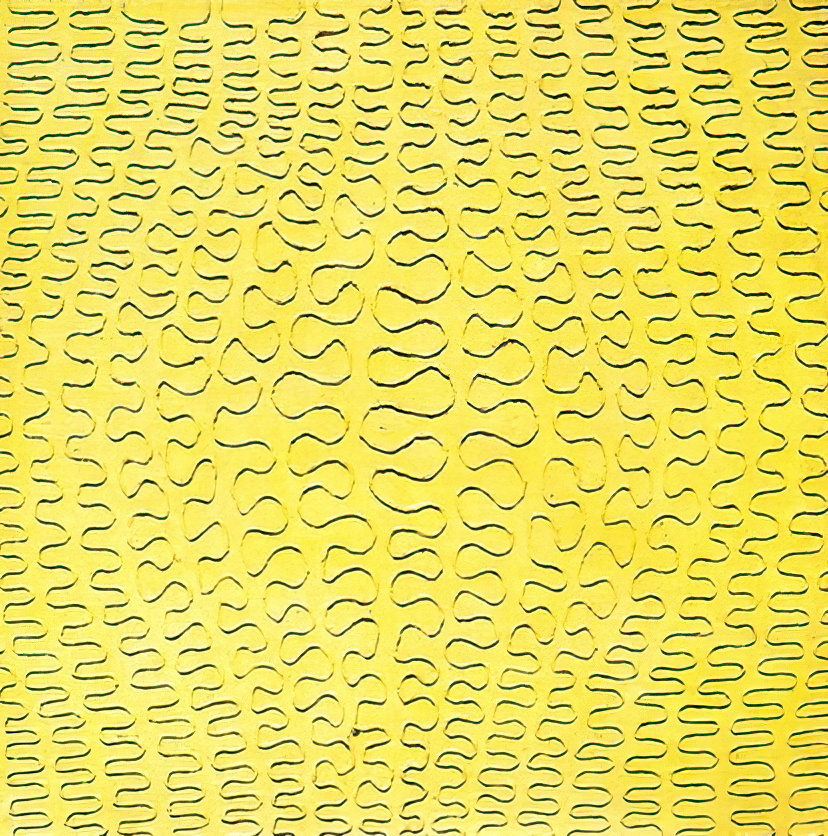Unism

Unism
Unism was a groundbreaking art theory developed by Władysław Strzemiński, a Polish avant-garde painter and theorist, during the interwar period. Strzemiński's Unism marked a significant departure from traditional art forms, emphasizing the homogeneity of elements and rejecting the "plurality of forms." His theory was not limited to painting but expanded to include sculpture, architecture, and typography, all unified under the principles of Unism.
The core of Unism lies in the unity of the artwork with the space of its creation, an organic approach to art, and a utopian belief in art's power to organize life. Strzemiński's vision extended beyond the canvas, aspiring to a harmonious integration of art into daily life. This theory resulted in artworks characterized by a seamless blend of form and content, aiming to create an immersive experience for the viewer.
Strzemiński's Unist works have been exhibited in prestigious museums worldwide, including the Centre Pompidou, Museo Reina Sofia, Moderna Museet Malmö, and the Whitechapel Gallery. His influential book "The theory of vision" and his paintings, such as "Architectural Composition I" and "Unitist Composition 4," reflect his Unist principles and continue to inspire artists and theorists today.
For collectors, auctioneers, and art experts, the legacy of Unism offers a fascinating glimpse into the avant-garde of the early 20th century. To stay informed on new sales and auction events related to Unism, sign up for updates and ensure you're at the forefront of this compelling art movement.
| Country: | Europe, France, Poland |
|---|---|
| Start of the period: | 1928 |